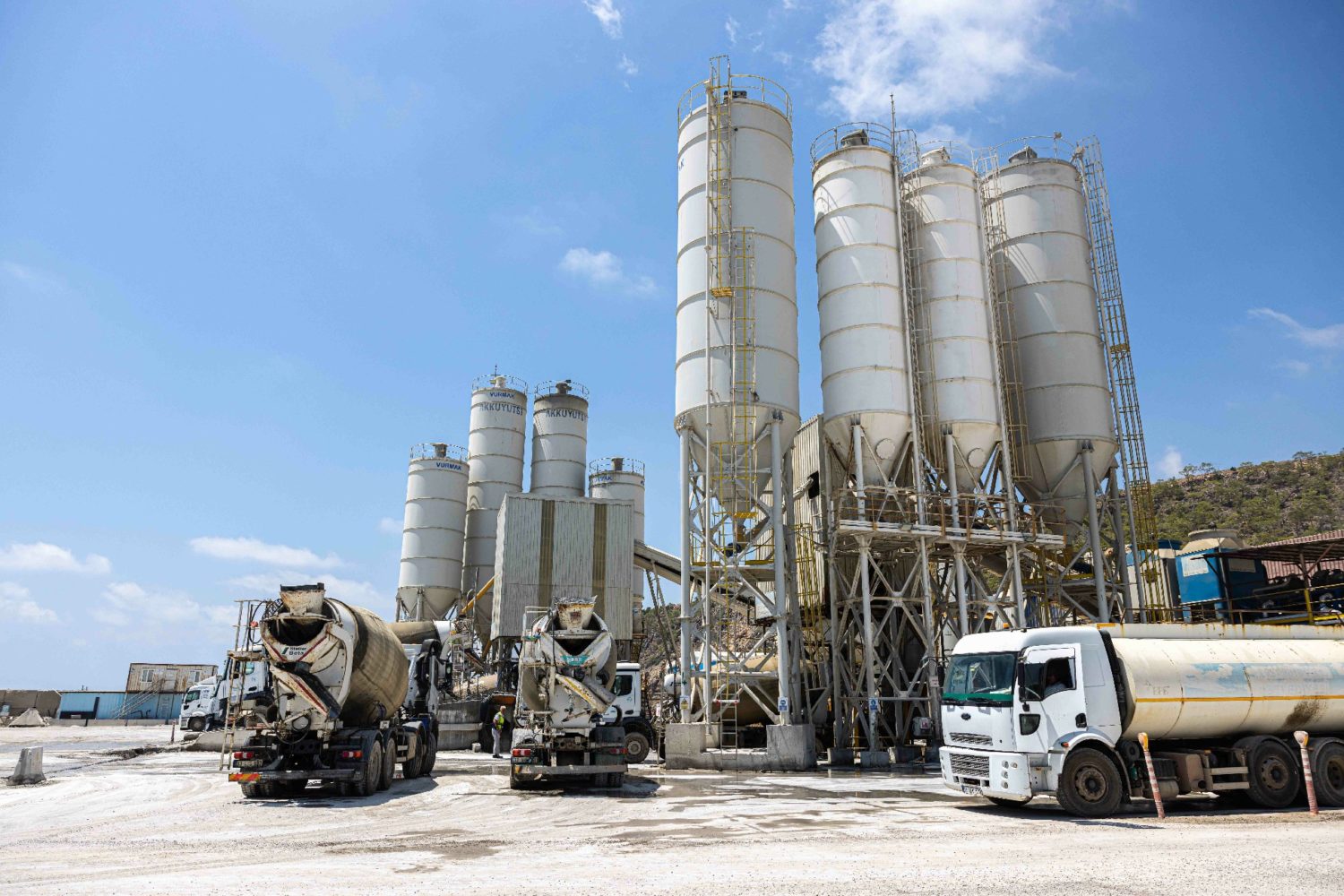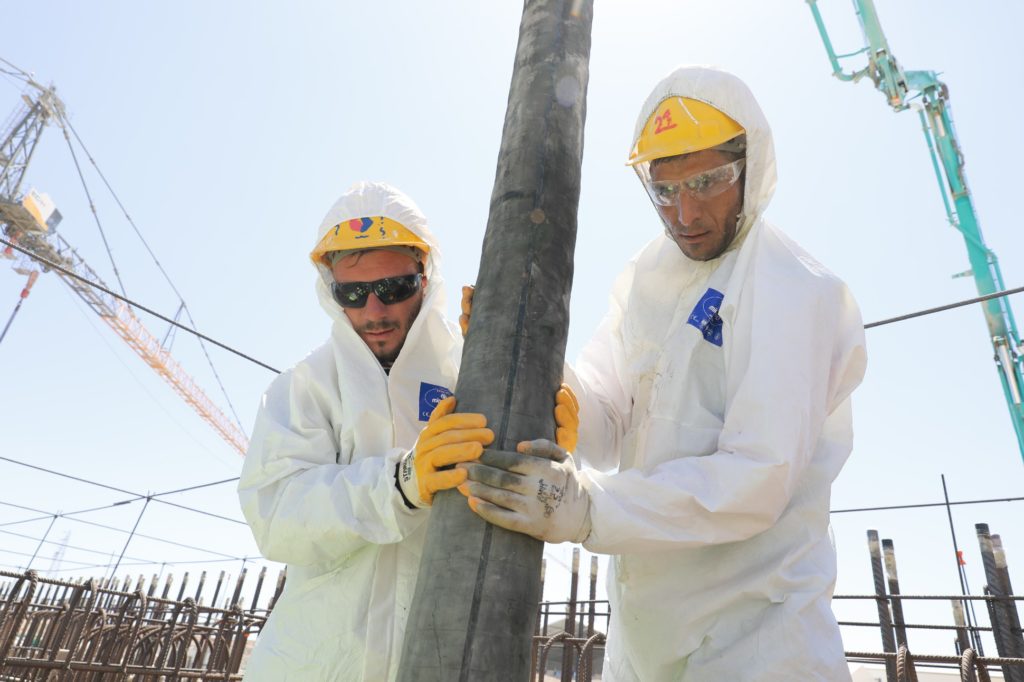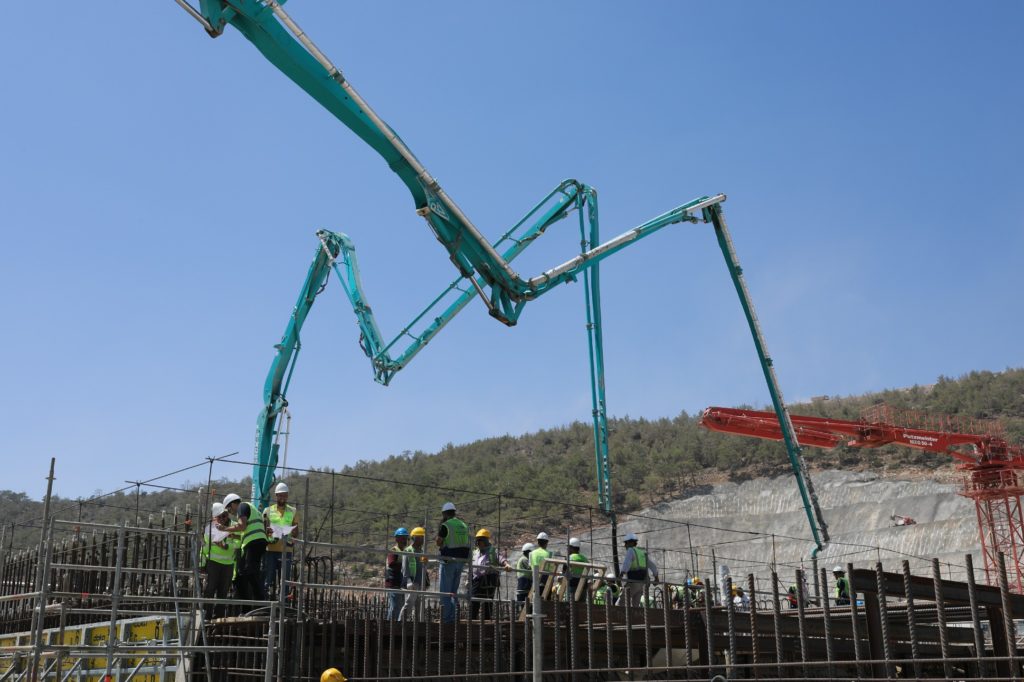
Grand Plans for Nuclear
back to contentsThe Turkish Ministry of Energy plans to build two more nuclear stations. Meanwhile, Turkey’s first nuclear power plant Akkuyu is growing by leaps and bounds as a number of important construction operations were completed on the site in late July and early August.
Alparslan Bayraktar, Turkey’s Minister of Energy and Natural Resources, told the Sabah newspaper that Turkey intended to go ahead with the construction of another two nuclear power plants within the next five years. Sites in the Black Sea province of Sinop and in Thrace are considered as potential locations for the plants. “We expect to obtain licenses for the second and third nuclear power plants between 2023 and 2028 and proceed with laying the foundations [for the facilities],” the minister said. He recalled that the agreement on the Akkuyu NPP had been signed in 2010, and then it took three to five years to finalize the project, obtain permits and make necessary preparations on the site.
Earlier in mid-July, Bayraktar announced at a media briefing that Turkeywas in preliminary talks with Russia, China and South Korea on the construction of the second and third nuclear power plants. He noted at the briefing the country’s demand for energy was growing steadily: “Our first priority is to secure a supply of sustainable energy. We must reduce our dependence on external sources,” Bayraktar emphasized. He also mentioned the need to make Turkey carbon-neutral by 2053.
According to Bayraktar, Turkey will have over 20,000 MW of installed nuclear capacity (small modular reactors included) by the 2050s. “In other words, our nuclear capacity will be the size of over four Akkuyus. Some of this capacity will be large power plants while the rest will be small modular reactors, which is very important for the transformation of our energy sector,” the minister said.
Bayraktar discussed the progress of the Akkuyu construction project with Rosatom Director General Alexey Likhachev in Ankara in late July.
“We held a meeting at our ministry with Rosatom Chief Alexey Likhachev and the delegation he was leading. We reviewed the current status of the Akkuyu project, which will signal a new era for the Turkish energy sector,” Alparslan Bayraktar said.
All the four reactor units at Akkuyu are currently in the active construction phase. In early August, the concreting of the reactor island’s basemat was completed at the construction site of Unit 4.
To ensure maximum strength of the basemat, workers laid 3,500 tons of steel reinforcement and 17,500 cubic meters of concrete mix. For comparison, this volume of concrete would be enough to make a one-meter-high slab large enough to cover 10 soccer fields.

After the concrete slab passed the necessary lab tests for strength, workers proceeded with the erection of external and internal walls of the reactor building at Unit 4.
In late July, installation of a 400 kV gas-insulated switchgear began at the site. The switchgear is designed to feed electricity into the Turkish national power grid.
It contains all the necessary parts and assemblies for power transmission, such as busbars, circuit breakers, earthing switches, current transformers and gas-insulated conductors. The gas-insulated design significantly reduces the switchgear size and increases operating convenience and reliability.
“It is worth noting that the gas-insulated switchgear is extremely fire-proof. Gas inside it does not support combustion. After the switchgear installation is completed, we will proceed with the pre-commissioning of Akkuyu electrical systems,” said Sergey Butskikh, First Deputy CEO at AKKUYU NUCLEAR and director of the under-construction nuclear power plant.

Earlier in July, Atommash (a part of Rosatom’s power engineering division AtomEnergoMash) shipped tubing modules for the steam turbine condenser of Unit 2. The tubing modules are part of the turbine condenser and are installed in the turbine building of the nuclear power plant. Each consists of over 14,000 tubes arranged in a special sequence along the entire length of the module. At Akkuyu, seawater will be pumped through these tubes to cool and condense steam passing through the turbine. The shipment includes four tubing modules, each weighing 125 tons. They will be delivered to the Akkuyu NPP by water with a traveling route of 3,000 kilometers.
In early July, the Rosatom Technical Academy’s Global Nuclear Safety and Security Institute and NEPT organized an on-site training session on the fundamentals of plant security analytics and internal controls for the employees of AKKUYU NUCLEAR.
The week-long session for the Akkuyu employees responsible for the plant security was dedicated to the international regulatory framework, security threat analysis and update procedures, goals and methods of security infrastructure analysis, internal control procedures, and so on.
The training course incorporates the best international practices, particularly the IAEA Nuclear Security Series, and factors in the Russian expertise and specifics of the Akkuyu project. Having completed the course, the trainees passed an exit test to demonstrate good academic performance and quality of knowledge.




